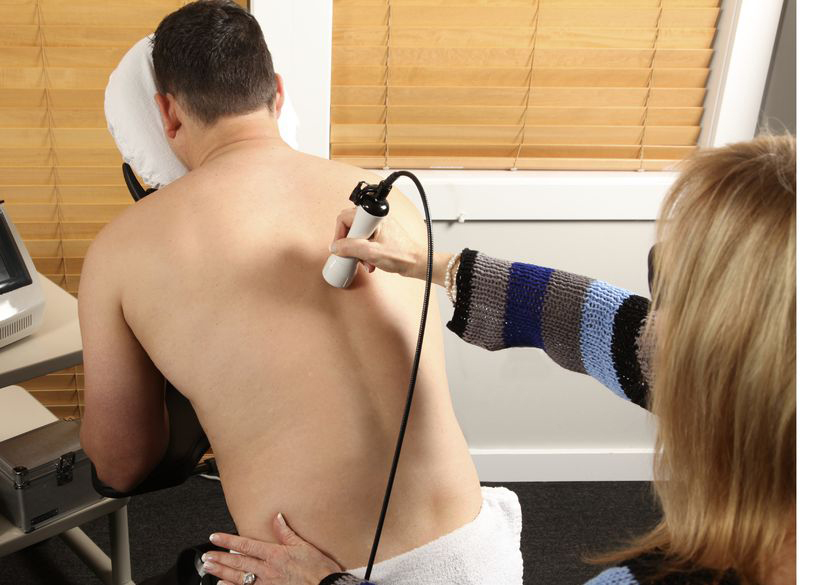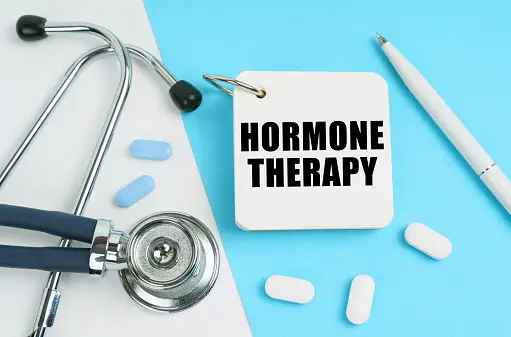In recent years, laser therapy has emerged as a revolutionary medical advancement, offering a non-invasive and highly effective solution for a wide range of health concerns. From pain management to tissue repair and even skincare, laser therapy has illuminated new pathways to healing and recovery. In this article, we will delve into the science behind laser therapy, its various applications, and its role in transforming healthcare.
Understanding Laser Therapy
Laser therapy, also known as low-level laser therapy (LLLT) or photobiomodulation therapy, utilizes focused light of specific wavelengths to stimulate and enhance cellular function. Unlike surgical lasers that cut or vaporize tissue, therapeutic lasers emit low levels of light that do not generate heat, making them safe and painless. This technology has gained popularity due to its versatility and minimal side effects.
How Laser Therapy Works
Laser therapy works on the principle of photobiomodulation, where specific wavelengths of light are absorbed by the mitochondria, the powerhouses of our cells. This absorption stimulates a series of cellular processes that result in various therapeutic effects, such as:
- Pain Relief: Laser therapy helps reduce pain by blocking pain signals, reducing inflammation, and releasing endorphins, the body’s natural painkillers. It is commonly used for conditions like arthritis, back pain, and sports injuries.
- Tissue Repair: The increased cellular activity triggered by laser therapy accelerates tissue repair and regeneration. It’s often employed in wound healing, post-surgery recovery, and the treatment of musculoskeletal injuries.
- Skin Rejuvenation: Laser therapy can stimulate collagen production and improve blood circulation, making it a popular choice for non-surgical skin treatments, including wrinkle reduction, scar revision, and acne management.
Applications of Laser Therapy
Laser Therapy in Pain Management:
Chronic pain can significantly impact one’s quality of life. Laser therapy offers a drug-free and non-invasive approach to pain relief. It has been found effective in managing conditions such as fibromyalgia, neuropathy, and post-surgery pain.
Laser Therapy in Sports Medicine:
Athletes often turn to laser therapy to accelerate healing and recover from sports-related injuries. It helps reduce downtime and gets them back in the game faster.
Laser Therapy in Dentistry:
Dentists use laser therapy for procedures like gum disease treatment, tooth sensitivity management, and oral surgeries. It minimizes discomfort and speeds up the healing process.
Laser Therapy in Veterinary Medicine:
Animals can also benefit from laser therapy. It’s used to alleviate pain, treat musculoskeletal issues, and promote healing in pets and livestock.
Safety and Side Effects
One of the significant advantages of laser therapy is its safety profile. It is a non-invasive and non-thermal treatment, meaning there’s no risk of tissue damage or burns. Most patients experience no side effects, and sessions are painless. However, it’s essential to consult with a qualified healthcare provider to ensure the proper application and dosage.
The Future of Healthcare
Laser therapy is at the forefront of modern healthcare, offering a less invasive and more comfortable alternative to traditional treatments. As technology continues to advance, we can expect to see even more innovative applications in various medical fields.
Conclusion
Laser therapy represents a remarkable breakthrough in the world of healthcare. Its applications span from pain relief and tissue repair to skincare and dentistry, offering a versatile and effective solution for a wide range of health concerns. As research and development in this field continue to evolve, laser therapy is poised to play an increasingly significant role in improving the quality of life for countless individuals. Embrace the future of healthcare through laser therapy and experience the transformative power of light.









